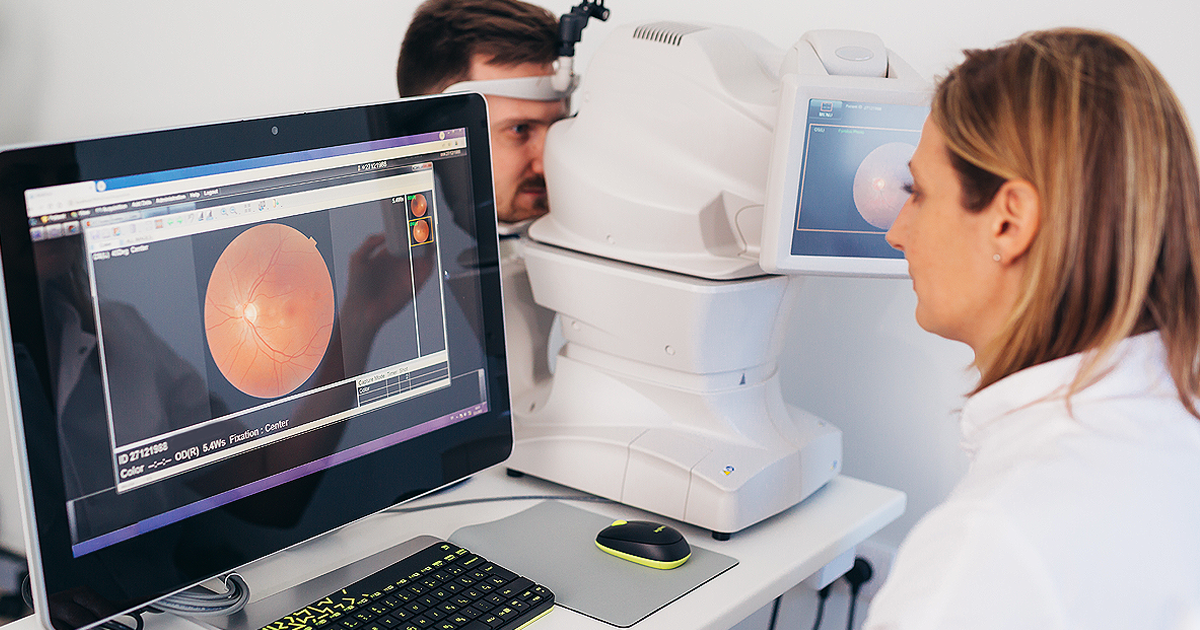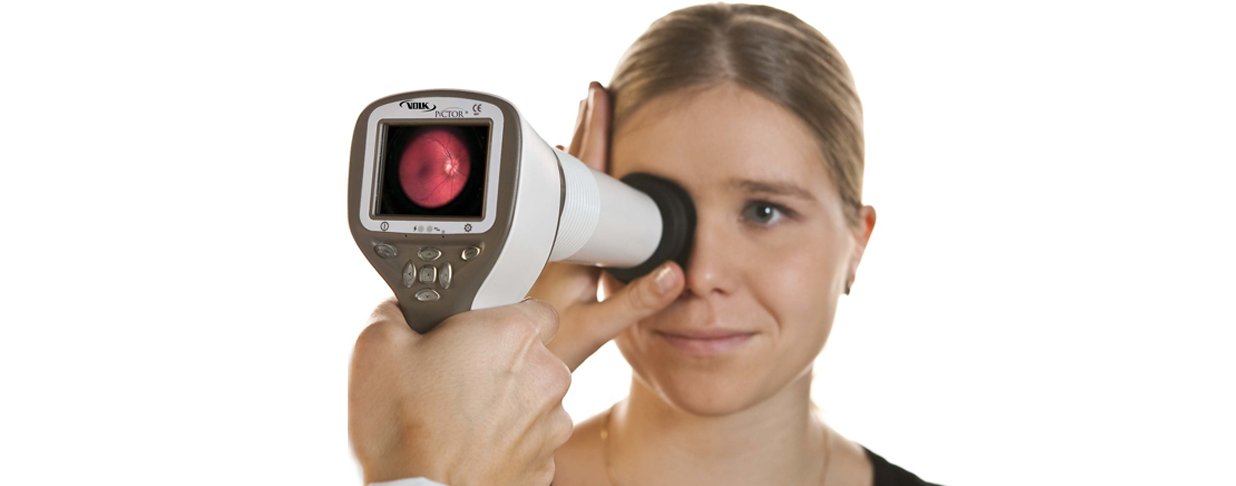Children with autism and those with vision impairment (including low vision and blindness) share many of the same behaviors and characteristics—affecting the way they see, communicate and interact with the world around them.1
Connections between autism and vision issues in children
Autism spectrum disorder, or ASD, is a developmental condition caused by genetics, environmental factors or other differences in brain development.2 ASD can affect the way children behave, communicate and learn.2 ASD can also have a significant impact on the way a child sees the world around them.
Recent studies show that those with ASD are more likely to have some form of nearsightedness, farsightedness or other visual impairment.3 Usually, symptoms of vision issues, like squinting, sensitivity to light or poor eye contact are easy to spot. But for children with ASD—these symptoms can be masked by autistic behaviors.4 As a result, many children with ASD may have undiagnosed vision problems.
Eye-opening stats on autism5
Autism and vision impairment often go together—here’s a few examples.
- Children with ASD are significantly more likely to have vision problems than their neurotypical peers
- Children with autism have been proven to have a higher rate of ocular comorbidities
- Between 20-44% of autistic children have visually significant refractive errors
How autism impacts eyesight
Our frontal and occipital lobe allow us to focus and see the detail of objects clearly. But those with ASD experience decreased brain function in these key areas, which can lead to a range of vision problems. Autistic children can be sensitive to glare and have difficulty with depth perception, object tracking and visual processing. Children with ASD may also have difficulty communicating or interacting with their classmates due to their inability to see and understand facial expressions or body language.6
Ocular comorbidities may be a sign of ASD5
Research shows that severe vision issues in children could be a risk factor in autism development. Congenital blindness is correlative—meaning that some forms carry a higher risk of ASD. Children who have irreversible blindness are 30 times more likely to be diagnosed with ASD than sighted children. And children with optic nerve hypoplasia are also at an increased risk of ASD.
Navigating life with ASD and low vision
Clear sight is critical for the way children navigate their environment and their continued development. Both visually impaired children and those with ASD share similar challenges in social interaction, communication and language skills. As a result, both conditions often exhibit restricted, repetitive behaviors due to decreased visual acuity. These behaviors, also known as “blindisms” include difficulty interacting with others, speech/language issues and consistent physical movements.5
Focus on understanding
Identifying vision problems in children with autism spectrum disorder is essential to better understand and improve their quality of life. If any vision issues are detected, children will benefit from an early diagnosis and treatment by an eye doctor.6
To learn more, speak with your EyeMed representative or visit eyemed.com.
•••
1 "VI and Autism Resources”; Ecapvi's VI Resources; ecapvi.com; 2022."
2 “Autism Spectrum Disorder”; Cleveland Clinic; clevelandclinic.org; February 26, 2023.
3 Amin, N. & Arshad, M.; “Prevalence of Visual Impairment in Children with Autism Spectrum Disorder: A Mini Review”; Austin Journal of Autism & Related Disabilities; austinpublishinggroup.com; May 17, 2023.
4 Lazarus, R.; “Does Autism Cause Vision Problems? Top 6 FAQs”; Optometrists Network; optometrists.org; January 30, 2022.
5 Reynolds, M. & Culican, SM.; “Visual Autism”; National Libray of Medicine; nlm.nih.gov; March 23, 2023.
6 “Understanding Vision Problems in Persons with Autism Spectrum Disorders (ASD)”; myvision.org; December 20, 2022.




